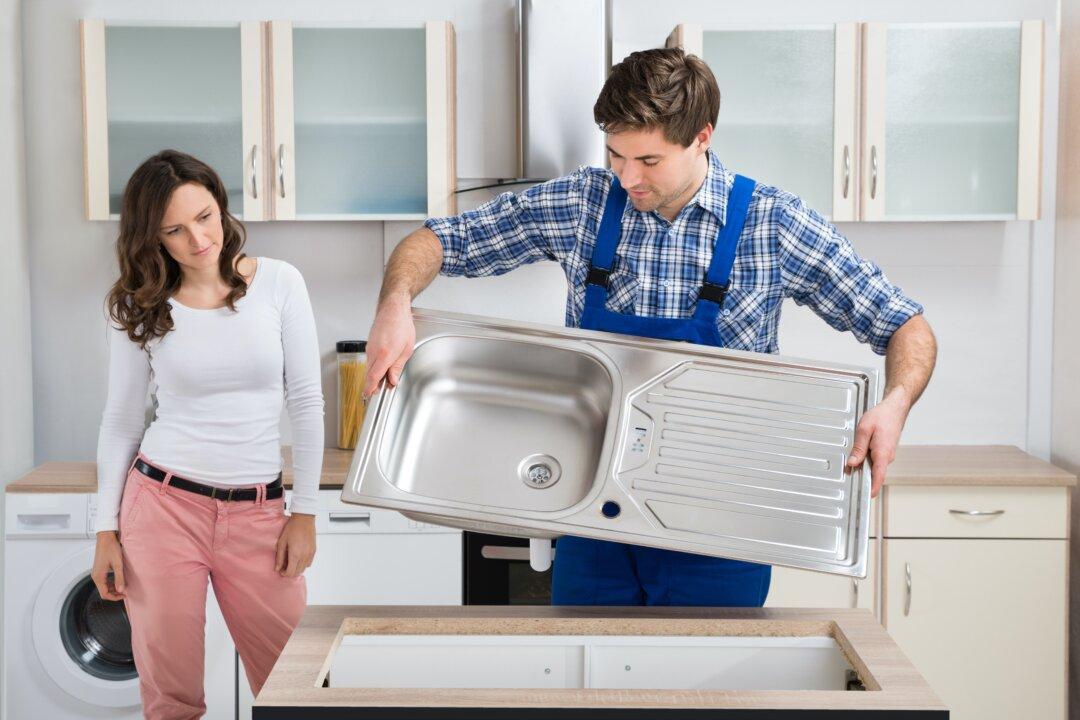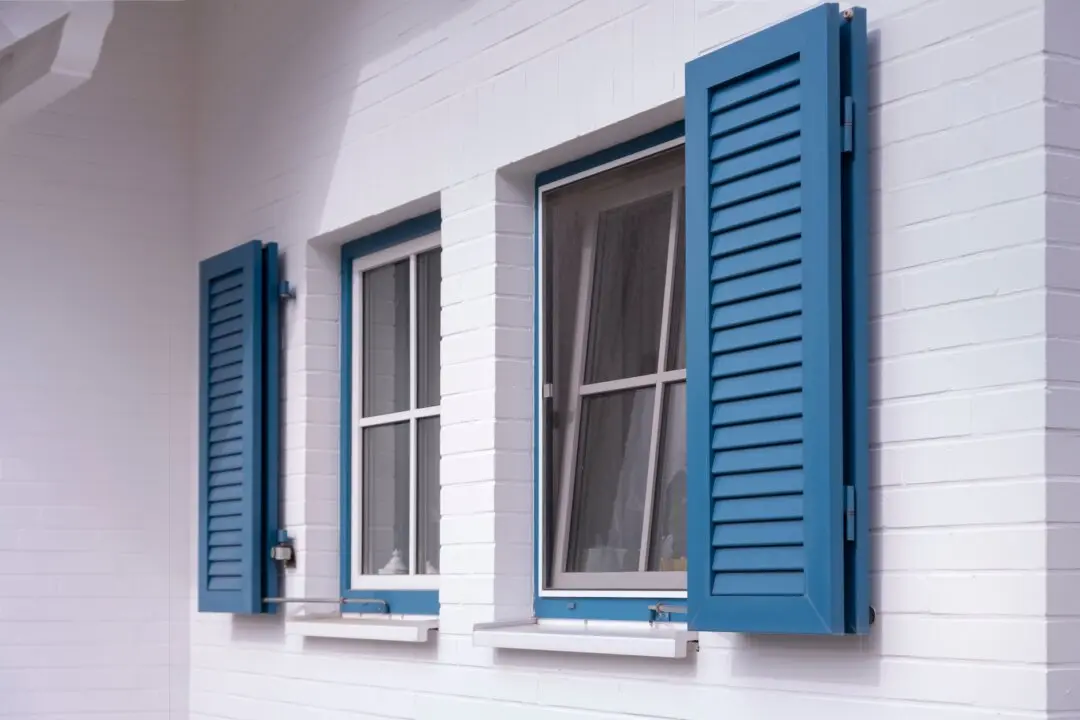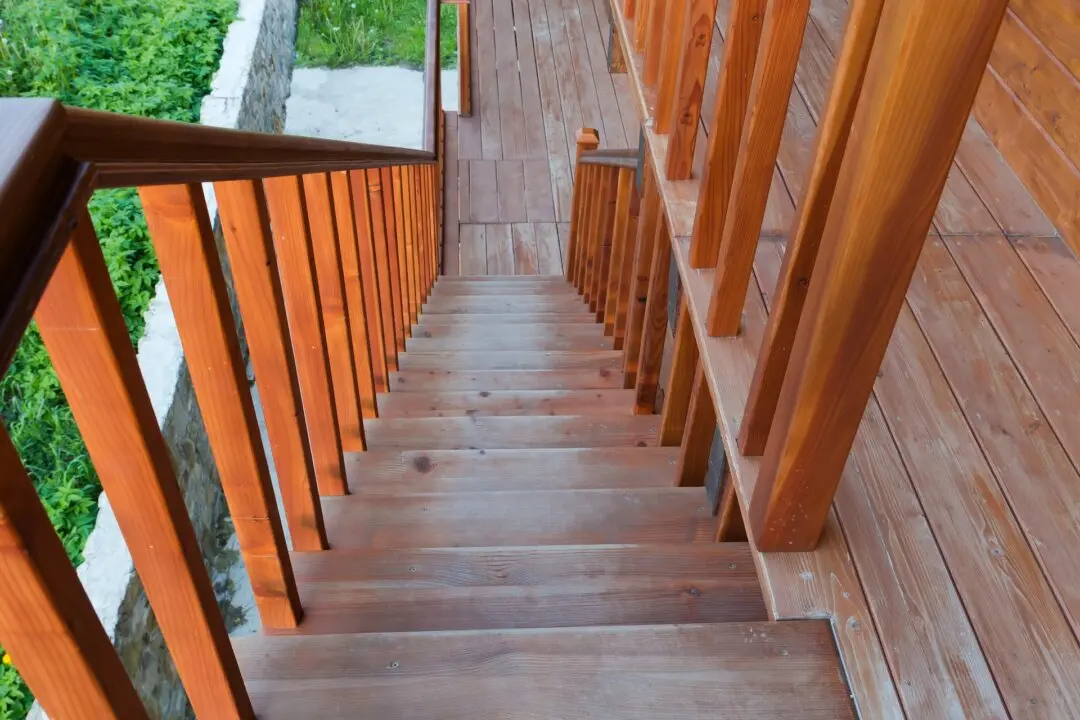Dear James: I have installed all-new stainless appliances in my kitchen. I may have to install the stainless steel sink myself to stay in budget. What are some selection and installation tips?—Lisa T.
Dear Lisa: Many of today’s kitchen appliances are stainless steel or just less expensive stainless steel fronts for easy cleaning. Actually, the stainless steel material is most important for the sink due to its rust resistance. Spend a bit extra for high-quality stainless steel for a longer life.





